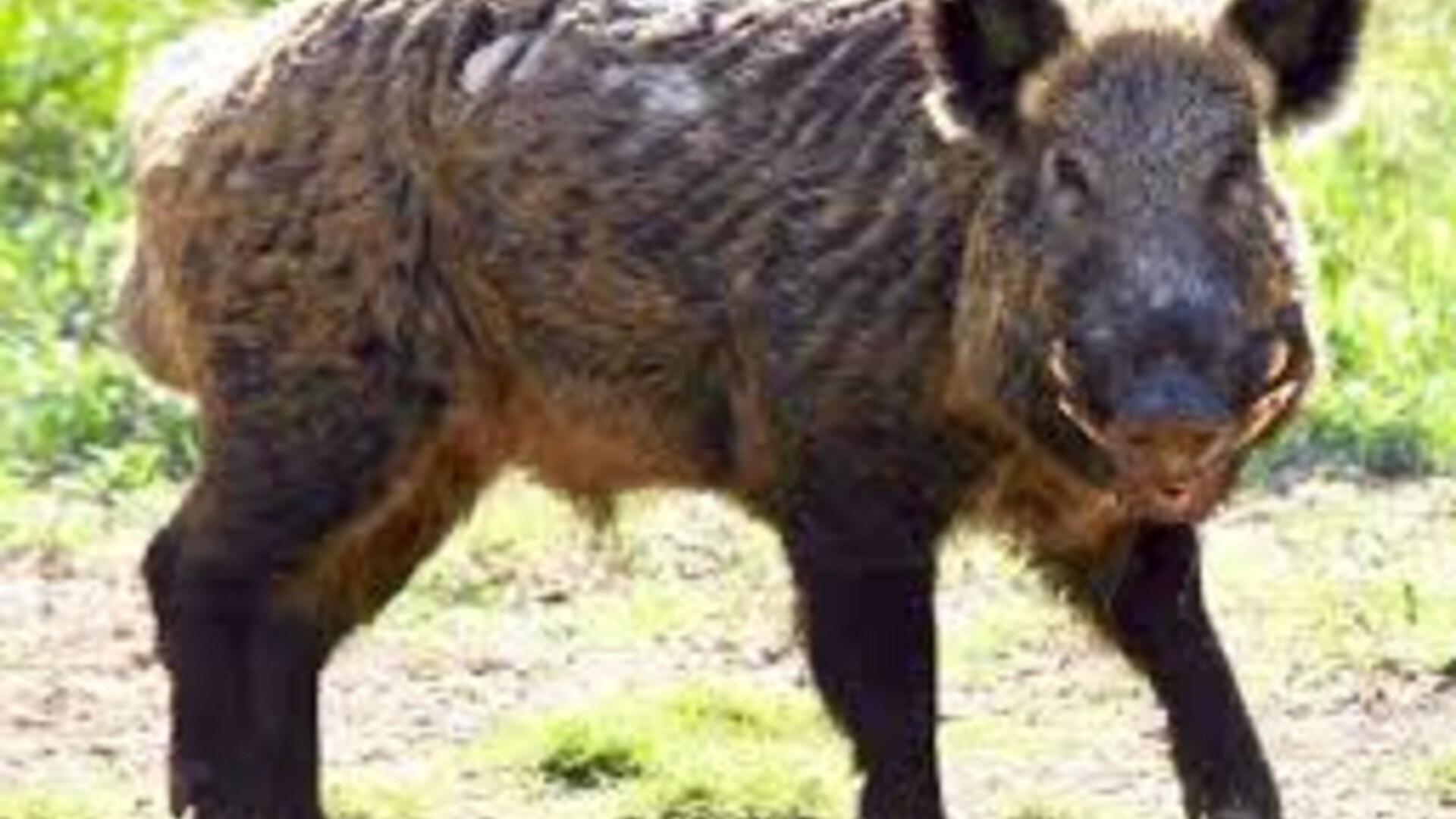Feral Swine Smart Traps
Feral swine are firmly established in Southeast states. And despite years of trapping and hunting, the feral hog problem doesn’t appear to be improving.
Feral hogs now number in the millions and the USDA estimated they cause $1.5 billion in damage and control costs each year.
Trapping has been a mainstay of control but it comes with drawbacks. U.S. Forest Service researcher, John Kilgo, told the USDA news service that traditional traps allow the trapper to capture only one or two hogs at a time. Since they are intelligent animals the pigs that escape are then aware of the traps and learn to stay away from them.
Kilgo was asked about a tech-based smart trap that may be a better way to capture and control feral swine populations.
KILGO: “We now have the capability to put a camera on a trap that will send images of which pigs are in the trap and then, in turn, can receive commands from the trapper to close the gate when the trapper is ready. If you know the composition of the sounder you’re trying to trap, which you determine from pre-trapping camera work, you can see how many are in the group, what they look like, the size and age composition, you can wait for all the pigs to get in the trap before you close the trap.”
. A single sounder or small group of pigs can leave a field looking plowed overnight. For farmers trying to grow crops, that’s a very bad problem.

















